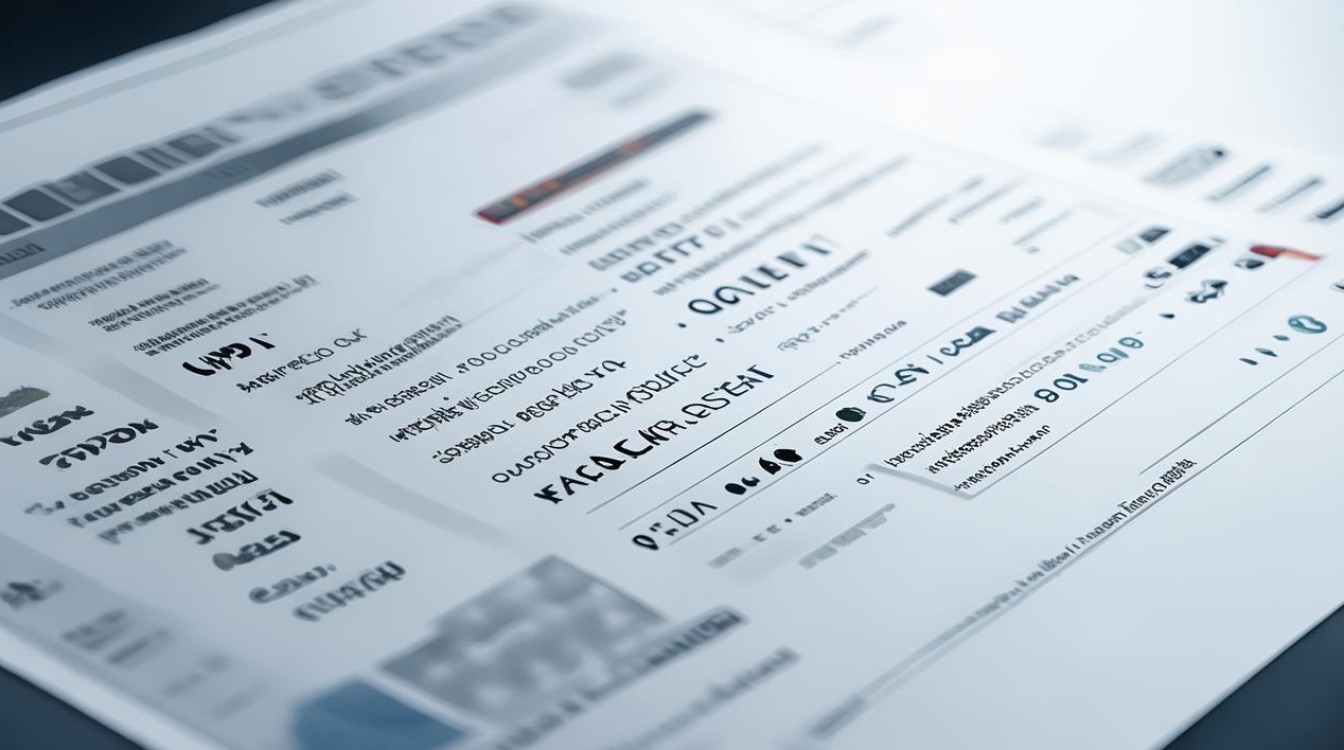In today’s global marketplace, understanding quality-related terminology is crucial for manufacturers, suppliers, and consumers. Whether you're inspecting goods, negotiating contracts, or evaluating product performance, mastering these English terms ensures clear communication and high standards. Below is a comprehensive guide to key vocabulary in product quality management.

Fundamental Quality Concepts
Quality Assurance (QA)
The systematic process of ensuring products meet specified requirements before reaching customers. QA focuses on preventing defects through standardized procedures.
Quality Control (QC)
The inspection phase where products are tested to identify defects. Unlike QA, QC detects issues after production.
Standardization
Adherence to established norms, such as ISO 9001 (international quality management standards) or ASTM (material testing protocols).
Defect
A flaw rendering a product unfit for use. Minor defects may not affect functionality, while critical defects pose safety risks.
Tolerance
The acceptable deviation from a product’s intended specifications (e.g., ±0.5mm in machining).
Inspection & Testing Terms
Sampling
Selecting a representative subset of products for testing instead of examining every unit. Common methods include:
- Random Sampling: Unbiased selection.
- AQL (Acceptable Quality Level): Maximum defect rate permitted in a batch.
Non-Destructive Testing (NDT)
Techniques like ultrasonic testing or X-ray inspection to evaluate materials without damage.
Dimensional Inspection
Verifying physical measurements (length, weight, thickness) against design blueprints.

Stress Testing
Pushing products to extreme conditions (heat, pressure) to assess durability.
Materials & Manufacturing
Raw Materials
Base components (metals, plastics, textiles) used in production. Quality begins with sourcing certified materials.
Workmanship
The skill applied in assembly or fabrication. Poor workmanship leads to inconsistencies.
Batch/Lot Number
A unique identifier tracking production groups for traceability during recalls.
Surface Finish
The texture or coating of a product (e.g., anodized, polished), impacting aesthetics and corrosion resistance.
Compliance & Certifications
CE Marking
Indicates conformity with EU health, safety, and environmental standards.
FDA Approval
Required for food, pharmaceuticals, and medical devices in the U.S.
RoHS Compliance
Restricts hazardous substances (lead, mercury) in electronics.

COA (Certificate of Analysis)
A document verifying chemical or physical properties of materials.
Customer-Centric Metrics
Return Rate
The percentage of products sent back by buyers due to defects or dissatisfaction.
MTBF (Mean Time Between Failures)
Average lifespan of a product before malfunction. Higher MTBF indicates reliability.
User Feedback
Reviews and complaints driving iterative improvements. Terms include:
- PPM (Parts Per Million): Defects per million units.
- Warranty Claim: Requests for repairs/replacements under guarantee.
Problem-Solving Terminology
Root Cause Analysis (RCA)
Identifying the origin of defects (e.g., machine error, human oversight).
CAPA (Corrective and Preventive Action)
Steps to eliminate existing issues and avert recurrence.
Poka-Yoke
Japanese for "mistake-proofing"; design features preventing errors (e.g., USB plugs that insert only one way).
Packaging & Logistics
Incoterms
International shipping terms (e.g., FOB, CIF) defining liability and costs.

Shelf Life
Duration a product remains usable under proper storage.
Vibration Testing
Simulating transport conditions to ensure packaging protects contents.
Emerging Trends
AI Quality Inspection
Machine learning algorithms detecting microscopic defects faster than humans.
Blockchain Traceability
Immutable records tracking a product’s journey from factory to consumer.
Sustainability Metrics
Assessing eco-friendliness via carbon footprint or recyclability.
Clear communication about quality builds trust with partners and customers. By integrating these terms into operations, businesses can streamline processes, reduce disputes, and enhance brand reputation. Quality isn’t just a checklist—it’s the foundation of long-term success.



